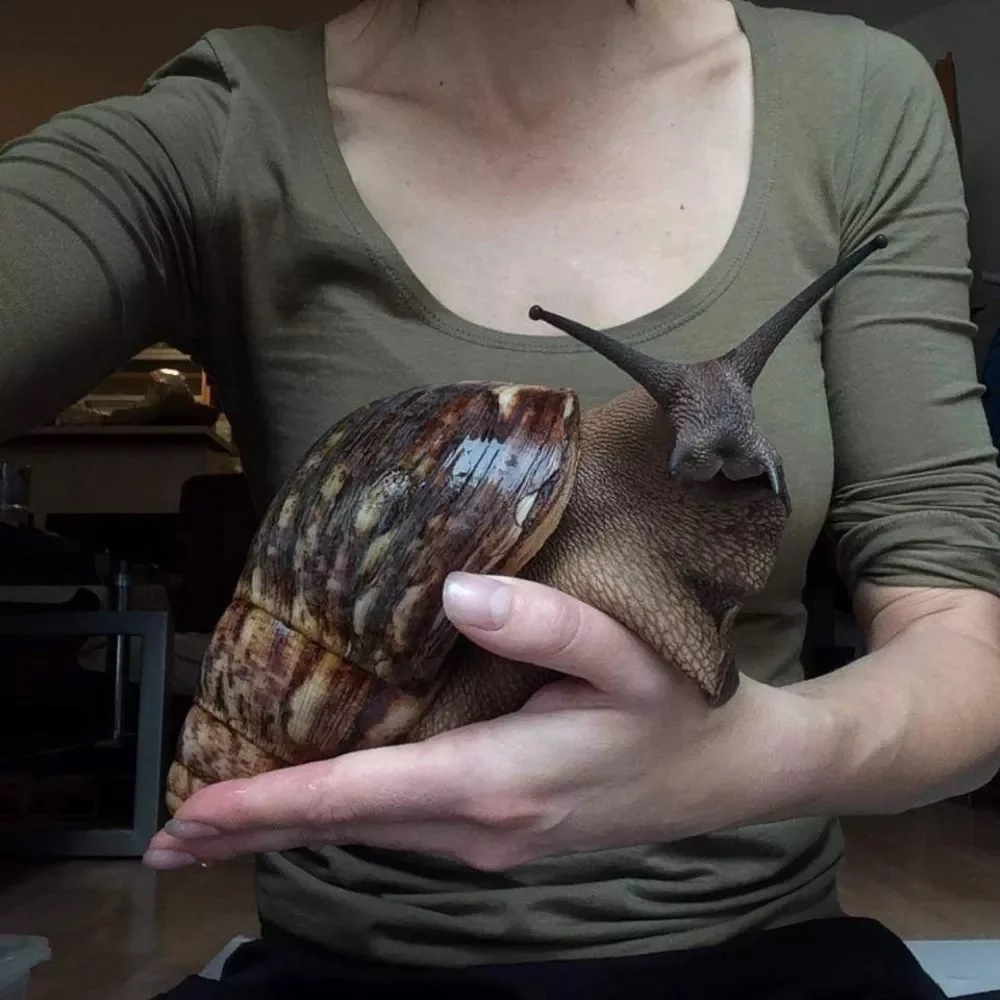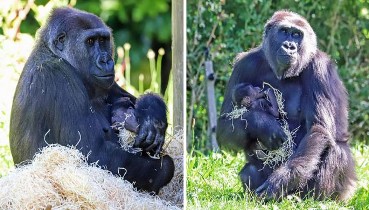
The Largest Snail in the World Can Grow as Long as a Human Arm
While keeping giant snails as exotic pets is a popular trend in some countries, they are considered invasive pests in most places where they occur. Due to their large appetite for various plants, their presence can be a huge risk for farms, but they can cause damage by eating off plaster and stucco from structures as well. They also pose a potential health risk to humans by carrying the parasite rat lungworm, that is known to cause meningitis.
The species was established in the United States in 1936 through imports. Originally, they were intended for educational purposes, and to be pets, but their population got out of hand very fast. It was eradicated twice in Florida.
The first eradication effort started in the 1960s and took 10 years and 1 million dollars. They reappeared in 2011 and went through another eradication campaign that got completed in 2021, with no recorded sightings after 2017. The U.S. Department of Agriculture prohibits importing or owning Giant African Snails due to their risk to agriculture and human health. It remains a threat in Hawaii and the Caribbean.
The species was established in the United States in 1936 through imports. Originally, they were intended for educational purposes, and to be pets, but their population got out of hand very fast. It was eradicated twice in Florida.
The first eradication effort started in the 1960s and took 10 years and 1 million dollars. They reappeared in 2011 and went through another eradication campaign that got completed in 2021, with no recorded sightings after 2017. The U.S. Department of Agriculture prohibits importing or owning Giant African Snails due to their risk to agriculture and human health. It remains a threat in Hawaii and the Caribbean.
Advertisements
04 March 2024
Advertisements



